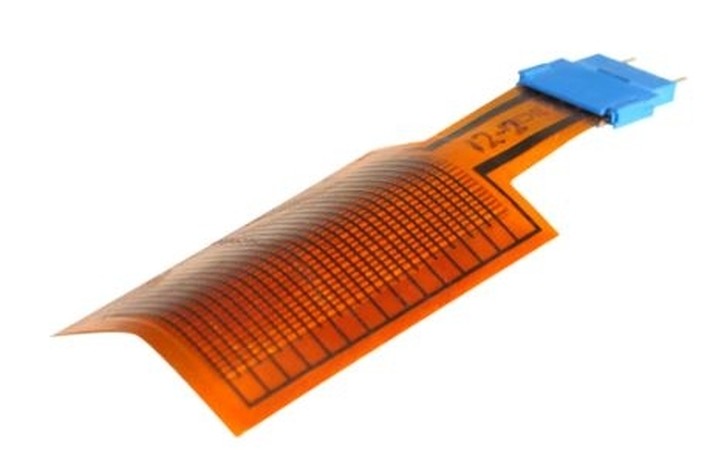
Published on 02/20/2017 | Technology
THE AVERAGE HEALTHY HUMAN takes about 7,000 steps a day. In the First World, much of that time is spent head down, eyes fixed to a smartphone - a device that also sucks up valuable power. In another world, the Third World, monsoonal rainfall continuously flood cities, like Cherrapunji in India, causing traffic chaos - which in turn prevents kids from getting to school and learning. These two scenarios are worlds apart, but what if those human steps and those mother nature raindrops were in someway connected. What if these inhibitors were actually passive enablers, charging phones and powering a student's internet. What if a little ingenuity and cheap off-the-shelf technology could take a 137 year old discovery, and solve First and Third World problems. It's possible that the solution, connecting both worlds, is the microelectronics mouthful known as 'piezoelectricity'.
'Piezo', which is Greek for 'squeeze', is exactly how this type of electricity is generated. When a crystal, commonly quartz, is put under mechanical pressure, the two opposite sides become charged and a voltage is created. It was March, 1880 and this discovery was made by French scientists and brothers Pierre and Jacques Curie. So far, this discovery has only been mass-harnessed within the likes of microphones, quartz watches, and smoke detectors, mostly due to the tiny power output, battery storage costs, as well as the cost of the transducers themselves. But with the boom of Internet of Things (IoT) devices and the corresponding economy of scale reducing overall costs, this previously price prohibitive technology is practically available to anyone.

Now here's how it can save mankind.
In a 2013, researcher Aashay Tinaikar published 'Harvesting energy from rainfall' where he demonstrated that a typical downpour, the type common in Cherrapunji city, could generate 12.5 milliwatts of power per raindrop. Tinaikar found that each drop's mass and velocity has enough microjoules of energy that as little as 400 simultaneous raindrops could power a 5 watt LED light-bulb. Those 400 raindrops are a literal drop in the bucket compared to Cherrapunji's average annual rainfall of 11,777 millimetres (or 463.7 inches). In comparison, the famously dank city of London only receives an average annual rainfall of 600 millimetres (or 23.6 inches). Cherrapunji's rain, the same precipitation that prevents kids from going to school, could now help power virtual classrooms.
...the same precipitation that prevents kids from going to school, could now help power virtual classrooms.
Which is exactly the plan of one organisation. Cloud Curriculum aims to line gutters and roofs of households across the Indian city with thousands of piezoelectric transducers, and thus ensure that kids stuck at home due to the monsoons are not prevented from learning. They plan to partner with Microsoft and their teleconferencing software, Skype, to curate classes with relevant lessons available any time of day, and its no surprise that the group hopes to emphasise applied engineering.
Which brings us to pedi-power.
Applied engineering is a subject of which 15 year old Angelo is extremely passionate. In 2014, the Philippines born technophile entered his power generating piezoelectric shoe in the Google Science Fair, an online science competition open to students between the ages of 13 and 18 from around the world. Angelo embedded a piezoelectric transducer within one of his shoes' sole and was able to generate around 2 watts from each footstep. He then rigged up a small rechargeable battery to accumulate this steady trickle of power, which he then used to charge electrical devices, like a depleted smartphone.
Not bad for a high school student. And while his single shoe only generates about 10 minutes of charge after playing two hours of basketball, his inroads into embedding piezoelectric transducers within normal clothing will no doubt encourage other innovators to follow.
Click here for a Youtube video regarding this student's innovation.
Innovators, like the 30 million unique users that visit Instructables each month, sharing their own inventions and building upon the discoveries of others. This global community of technological tinkers will no doubt fill our shoes and homes with life changing and environment saving technology, and prove that while one small step for man might only be 2 watts, a giant and literal leap, made by all of mankind, could potentially power a city. Even more so, if it's raining.
This article was originally posted on LinkedIn.